

The Seaver team takes a break for the holidays
Orders placed between December 24 and January 5 will be shipped starting January 6.
Tuesday, April 19, 2022
Le retour du printemps, c’est aussi le début des beaux jours, les concours sous le soleil, les premières longues soirées… Mais cette période amène aussi son lot de problèmes pour nos chevaux. Pour vous faciliter la vie en ce début de saison, on vous détaille les 3 principaux problèmes du printemps et on vous explique comment les tenir à distance.
Alors que les températures radoucissent, les insectes sont de retour. Ils sont un véritable problème, surtout lorsque votre cheval passe du temps en extérieur. On compte parmi les insectes printaniers les mouches et mouches-plates, les moustiques ou encore les taons, responsables de piqûres particulièrement douloureuses.
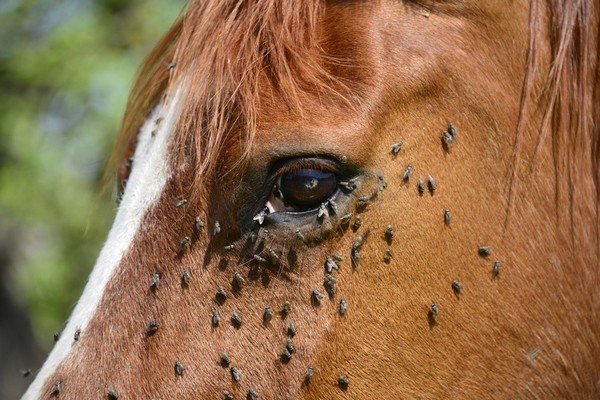
La présence de ces insectes gêne le cheval, qui doit sans cesse les chasser et peut même être source de stress. Ils peuvent également être porteurs de maladies comme l’anémie infectieuse (AIE) ou provoquer des conjonctivites et la surinfection de certaines plaies. Les vers, notamment les gastérophiles, ingérés lors des pâtures, peuvent également être à l’origine de diverses pathologies.
Alors, comment les combattre ? Tout d’abord, il faut éviter certains lieux comme les zones d’eaux stagnantes, où les insectes prolifèrent. L’hygiène et l’entretien des lieux de vie sont aussi primordiaux pour limiter le développement des insectes et des vers. Concernant votre cheval, laissez lui les défenses naturelles que sont sa crinière, sa queue et son toupet. Il s’en servira pour chasser les insectes. Afin de les éloigner, vous pouvez mettre à votre cheval une chemise “nid d’abeille” qui laissera circuler l’air mais le protégera. Vous pouvez également utiliser des huiles essentielles comme l’eucalyptus, la citronnelle, le géranium, la lavande ou l’arbre à thé qui atténuent l’odeur du cheval et désorientent les insectes. Concernant les vers et les gastérophiles, pensez à vermifuger régulièrement votre cheval pour empêcher l’infestation. Consultez notre article de blog sur la vermifugation pour en savoir plus.
Cette maladie inflammatoire chronique de la peau apparaît principalement au printemps et s’intensifie en été. Elle est dûe aux culicoïdes, espèce d’insectes dont les femelles se nourrissent de sang et piquent les chevaux. Leurs piqûres provoquent de fortes démangeaisons qui engendrent elles-mêmes des pertes de poils (souvent sur le haut de la queue ou dans la crinière) voire des plaies lorsque le cheval se gratte trop fort. En France, 1 cheval sur 10 est touché par cette maladie.
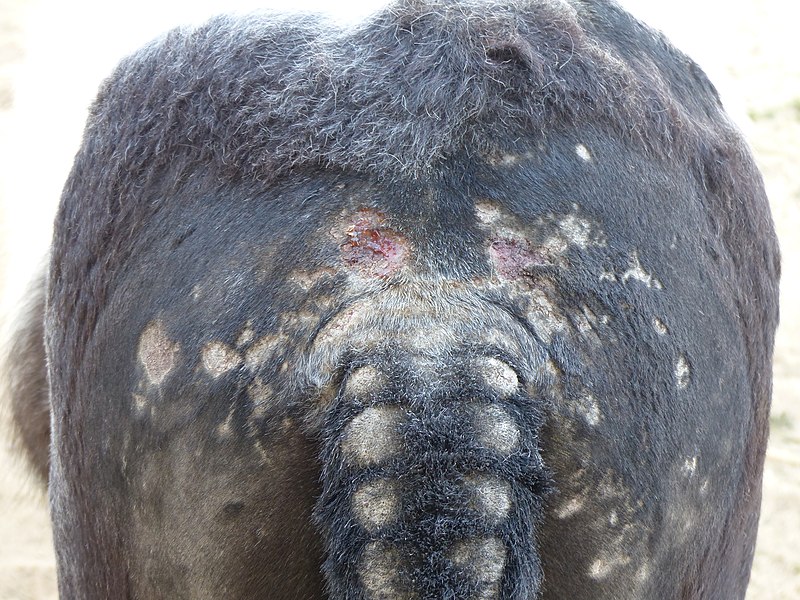
Il n’y a pas de réel traitement contre la DERE mais des moyens de la prévenir existent. Il est préférable de rentrer les chevaux avant la fin de la journée et de les éloigner des zones humides et des eaux stagnantes. Vous pouvez également vous procurer des couvertures moustiquaires, spécialement conçues pour lutter contre les piqûres des culicoïdes. Enfin, vous pouvez utiliser des répulsifs ou encore recouvrir les zones sensibles d’huile de vaseline. Attention toutefois à ne pas en abuser. À terme, ces produits peuvent causer des brûlures.
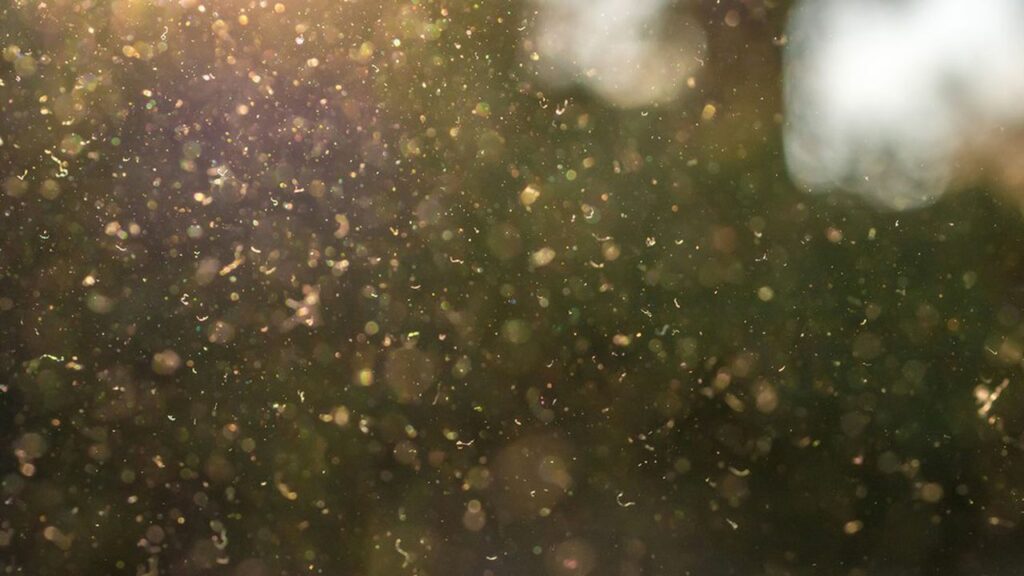
Tout comme les humains, les chevaux sont sensibles aux pollens. En présence de certains allergènes (notamment celui du cyprès) dans l’air, les chevaux peuvent souffrir d’une gêne respiratoire ou d’une toux. Comme pour nous, les allergies sont incurables mais peuvent être soulagées.
Si votre cheval présente une gêne respiratoire, écartez-le des sources de pollens pouvant être responsables de son allergie. Laissez le au box si la gêne devient trop importante. Une désensibilisation aux pollens peut également être pratiquée. C’est un processus qui s’étend sur une longue période et qui consiste en des vaccins administrés selon un calendrier précis. L’objectif est de rendre le cheval moins sensible aux allergènes auxquels il réagit.
Lors du retour au pré, l’alimentation des chevaux est modifiée. Un cheval peut passer 10 à 12 heures de sa journée à brouter ce qui représente un changement radical comparé au temps passé à manger au box. Son système digestif va donc devoir s’adapter. S’il rencontre des difficultés, cela peut provoquer des coliques. Elles ne sont pas à prendre à la légère et peuvent avoir des conséquences dramatiques.
D’autres pathologies peuvent être liées à l’alimentation lors du retour au pré. C’est le cas de la fourbure. C’est une congestion et une inflammation des pieds du cheval. Si les coliques sont la première cause de mortalité chez les équidés, la fourbure arrive en deuxième position. Les fourbures sont, la plupart du temps, d’origine alimentaire. Un changement brutal d’alimentation ou la surconsommation de céréales peuvent causer des fourbures.
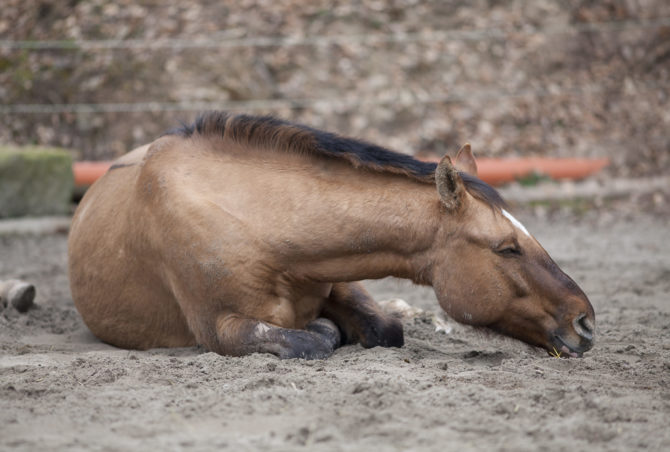
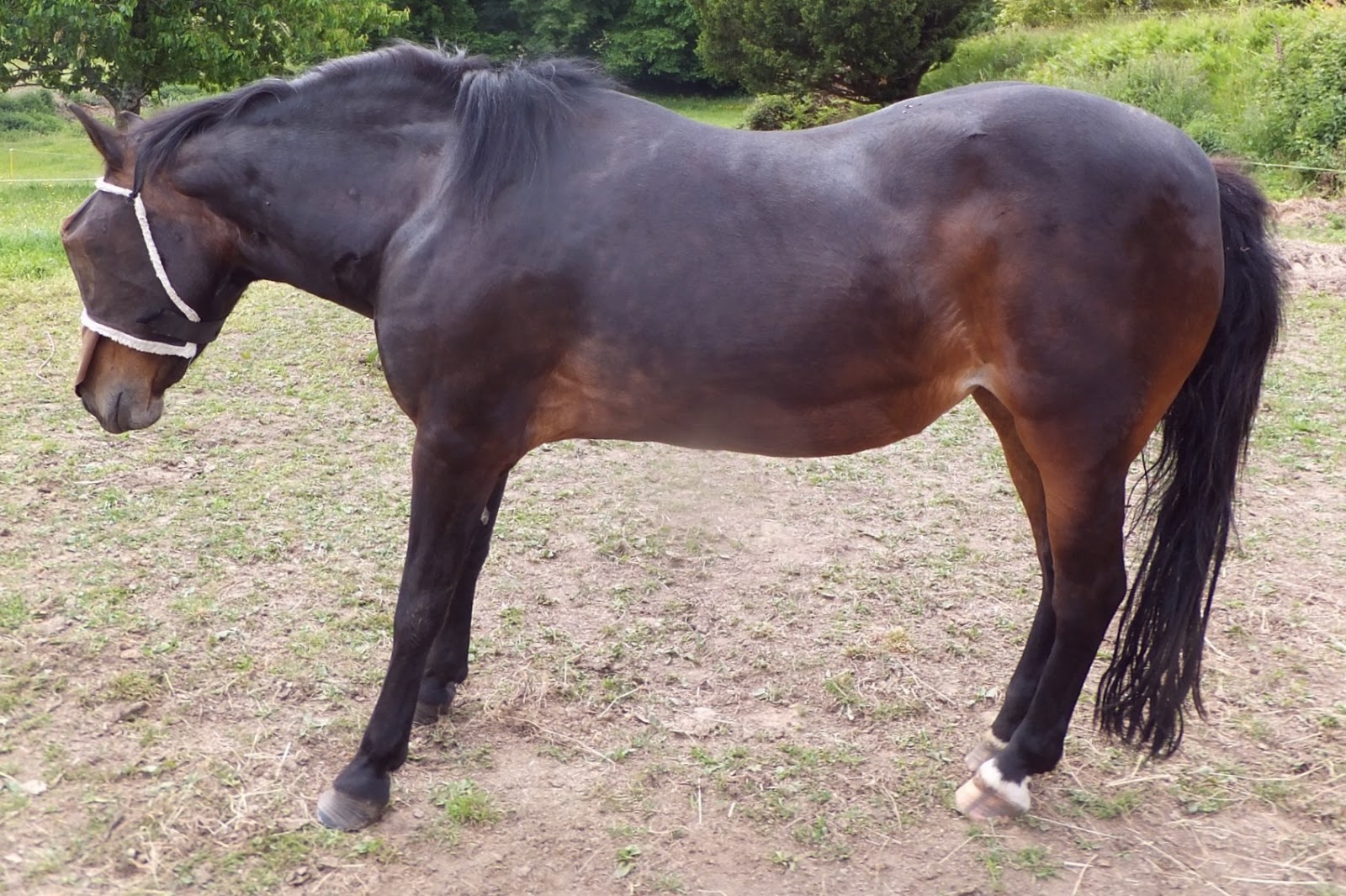
Des mesures peuvent être prises en amont du retour au pré pour prévenir les coliques et les fourbures. La transition entre l’alimentation au box et celle au pré ne doit pas être trop brutale pour le cheval. Commencez par alterner pré et box avant de l’y laisser à longueur de journée. Assurez-vous qu’il ait de quoi s’hydrater en permanence et évitez au maximum les sources de stress qui peuvent également provoquer des coliques.
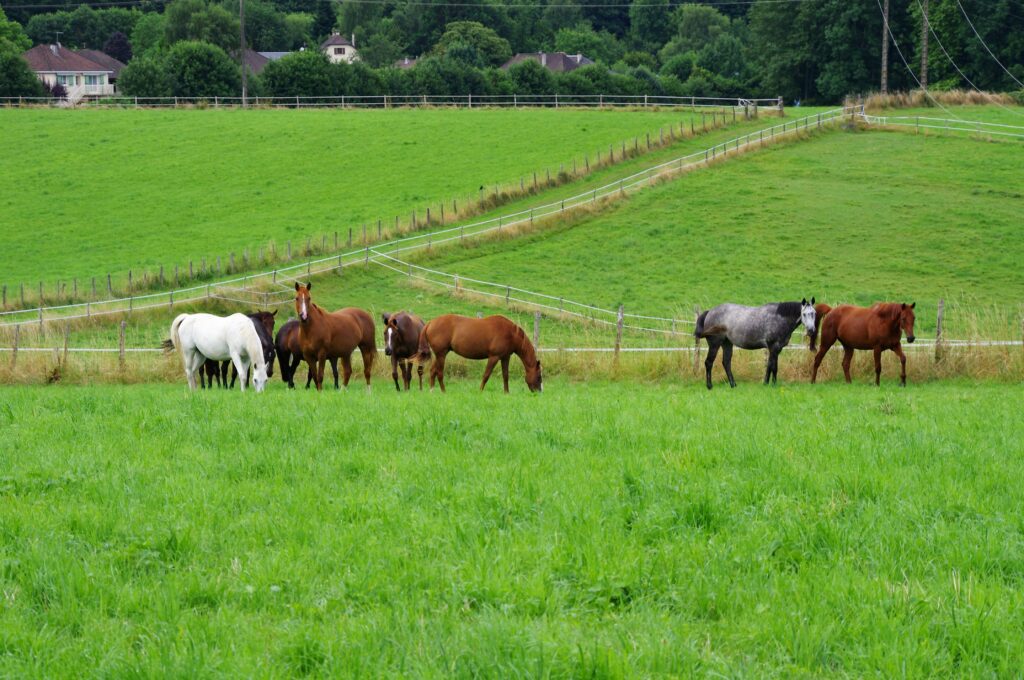
Le printemps est donc une période agréable mais qu’il ne faut pas prendre à la légère si vous souhaitez que votre cheval la vive au mieux. Des mesures simples existent et sont à appliquer pour lutter contre ces désagréments et offrir à votre cheval d’agréables et longues journées sous le soleil en extérieur.
Prendre soin de la santé de votre cheval, c’est bien mais prendre soin de son moral, c’est encore mieux ! Profitez des retour des beaux jours pour partir en balade. Vous n’êtes pas rassuré à l’idée de partir seul en extérieur ? SEAVER a pensé à tout avec sa fonctionnalité SAFERIDE. Elle détecte les chutes et prévient vos proches en leur envoyant votre géolocalisation.
Sources :